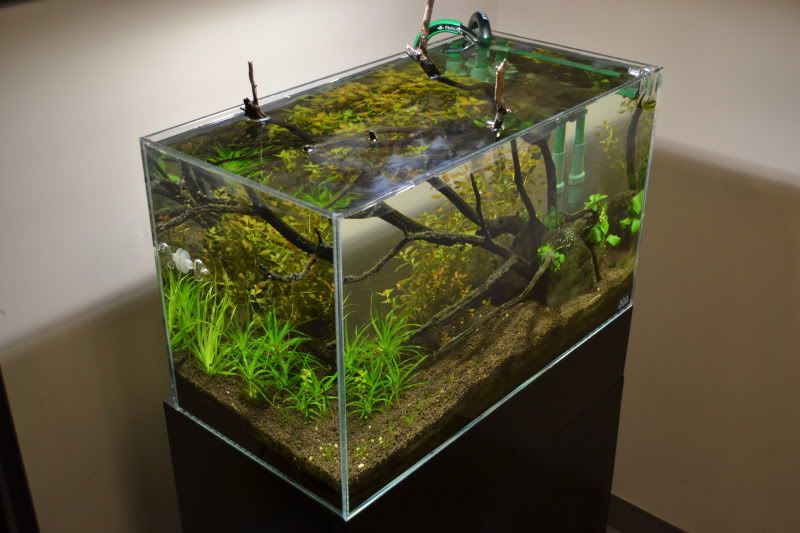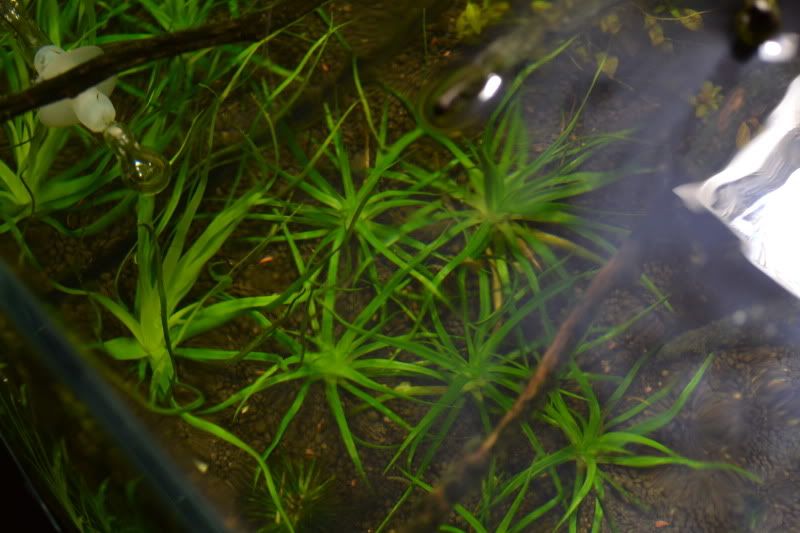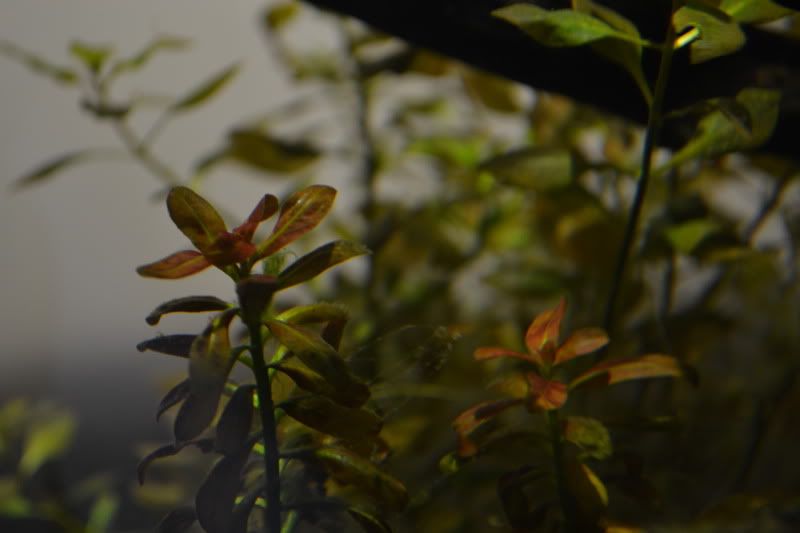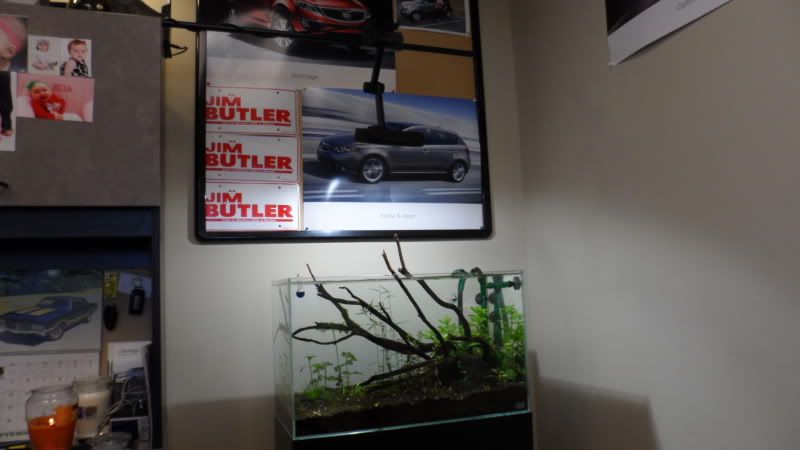Oxygen Is BGA's Mortal Enemy
Hi Left C,
Correct and stated a number of times, but in and of itself not the overriding issue.
The microphotographs are, along with B's testimony, the central point.
B has asked for Tom Barr's answer, so we wait, out of respect for B's wishes....
Biollante
Left C;78753 said:Hi B
I think that your problem is not enough O[sub]2[/sub] and N[sub]2[/sub]. Try leaving the CO[sub]2[/sub] alone. Add a good fine misting air stone or wooden one and pump air into your tank. This will still keep your CO[sub]2[/sub] up high, but you will be adding O[sub]2[/sub] and N[sub]2[/sub]. Cyano can fix N[sub]2[/sub] into NH[sub]3[/sub], NO[sub]2[/sub], and NO[sub]3[/sub] for the plants to use. Plants can't use N[sub]2[/sub] gas. In the presence of O[sub]2[/sub], nitrification cannot occur. Hopefully, the cyano should die.
Left C
Hi Left C,
Correct and stated a number of times, but in and of itself not the overriding issue.
The microphotographs are, along with B's testimony, the central point.
B has asked for Tom Barr's answer, so we wait, out of respect for B's wishes....
Biollante














